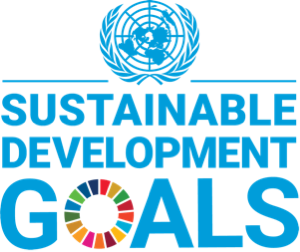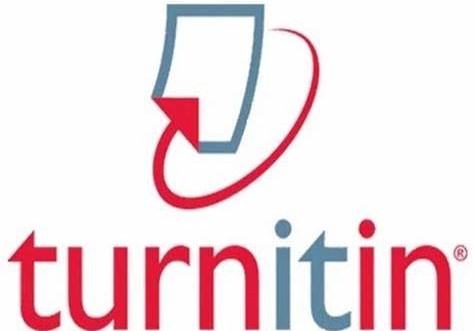A Novel Grey Fuzzy Clustering Model and its Application on Students’ Performance Evaluation
DOI:
https://doi.org/10.52812/ijgs.93Keywords:
grey correlation, comprehensive evaluation, entropy weight, fuzzy c-means, game theory, Grey Relational Analysis, grey clustering, Grey SystemAbstract
Aiming to address the issues of traditional student evaluation methods, which tend to be overly subjective and overlook the intrinsic data structure, this paper introduces a novel grey fuzzy clustering model named the grey entropy game-weighted fuzzy c-means (GEG-WFCM) model. Firstly, subjective weights are calculated using the subjective-objective relationship analysis method, while objective weights are determined through the entropy weight method. Then, a comprehensive approach is adopted, leveraging game theory to calculate the final weights. Based on these comprehensive weights, the relative grey correlation coefficient and fuzzy weighted c-mean algorithm are incorporated to yield the ultimate evaluation results. The proposed model was applied to evaluate student performance, and the experiments show that it can obtain scientific and reasonable results. The model not only acknowledges the expertise of experts but also respects the objectivity of the data, thus circumventing the limitations of purely subjective judgments, and surpassing traditional evaluation methods.
References
Deng, J. (1989). Introduction to Grey system theory. The Journal of Grey System, 1(1), 1-24. https://dl.acm.org/doi/abs/10.5555/90757.90758
Gu, X., Wang, X., & Liang, S. (2023). Employment quality evaluation model based on hybrid intelligent algorithm. Computers, Materials & Continua, 74(1), 131-139. https://doi.org/10.32604/cmc.2023.028756
Kou, X., Xie, X., Zou, Y., Kang, Q., & Liu, Q. (2022). Research on comprehensive evaluation model of a truck dispatching system in open-pit mine. Sustainability, 14(15): 9062.https://doi.org/10.3390/su14159062
Liu, J., Pan, Y., & Yang, J. (2012, December). Research on comprehensive evaluation of the students' vocational ability based on AHP-FUZZY. In 2012 International Conference on Control Engineering and Communication Technology (pp. 791-793). IEEE. https://doi.org//10.1109/ICCECT.2012.242
Luo, Y., Jiang, F., Liu, K., Zhang, X., & He, G. (2022, July). Health status assessment of distributed low-carbon energy station based on Grey-TOPSIS improved by prospect theory. In 2022 IEEE/IAS Industrial and Commercial Power System Asia (I&CPS Asia) (pp. 521-526). IEEE. https://doi.org/10.1109/ICPSAsia55496.2022.9949750
Peizhuang, W. (1983). Pattern recognition with fuzzy objective function algorithms (James C. Bezdek). Siam Review, 25(3), 442-442. https://doi.org/10.1137/1025116
Ren, X., Jiang, Q., Jiang, J., He, Z., Ouyang, B., & Peng, B. (2022). Evaluation of cabin energy consumption based on combination weighting and grey fuzzy comprehensive model. EURASIP Journal on Advances in Signal Processing, 2022(1), 36. https://doi.org/10.1186/s13634-022-00858-3
Rosadi, R., Sudrajat, R., Kharismawan, B., & Hambali, Y. A. (2017). Student academic performance analysis using fuzzy c-means clustering. In IOP Conference Series: Materials Science and Engineering (Vol. 166, No. 1, pp. 012036). IOP Publishing. https://doi.org//10.1088/1757-899X/166/1/012036
Shannon, C. E. (1948). A mathematical theory of communication. The Bell System Technical Journal, 27(3), 379-423. https://doi.org/10.1002/j.1538-7305.1948.tb01338.x
von Neumann, J., & Morgenstern, O. (1947). Theory of games and economic behavior (2nd rev. ed.). Princeton University Press. https://psycnet.apa.org/record/1947-03159-000
Wang, Z. (2022). Higher education management and student achievement assessment method based on clustering algorithm. Computational Intelligence and Neuroscience, 2022, 1-10. https://doi.org/10.1155/2022/4703975
.

Downloads
Published
How to Cite
Issue
Section
License
Copyright (c) 2024 Science Insight

This work is licensed under a Creative Commons Attribution-NonCommercial 4.0 International License.
Creative Commons Non Commercial CC BY-NC: The work is distributed under the terms of the Creative Commons Attribution-NonCommercial 4.0 License which permits non-commercial use, reproduction and distribution of the work without further permission provided the original work is properly attributed.
Funding data
-
Jiangsu Normal University
Grant numbers 21XSRX005











